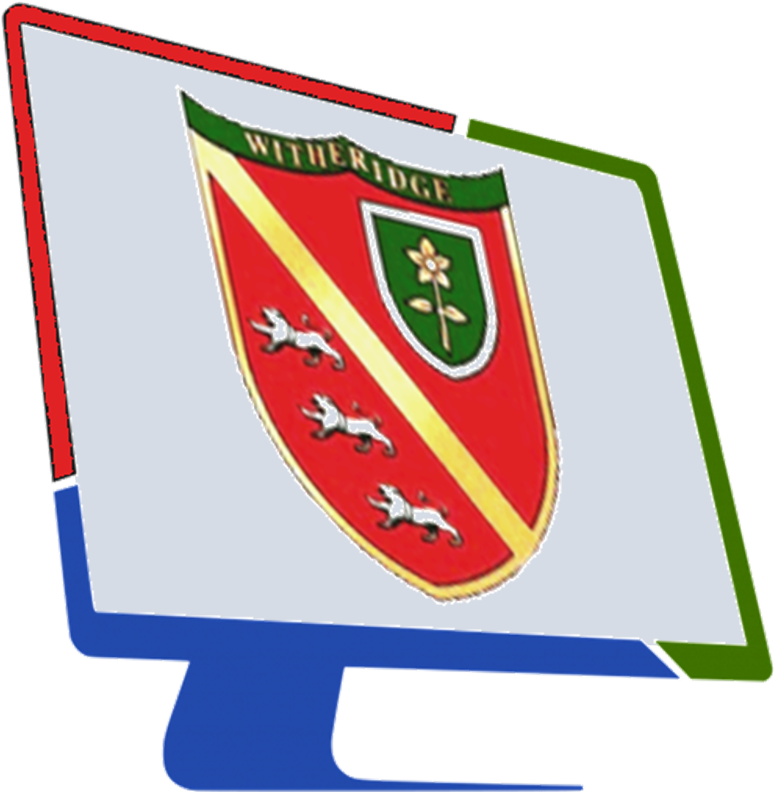Witheridge Astronomical Society

Witheridge Astronomical Society meets at 7.30pm on the third Thursday of the month in Witheridge Parish Hall Committee Room with a charge of just £3 per session. Anyone is most welcome, regardless of age or knowledge, to join in and especially to share in the observing sessions after the main meeting if the sky is clear. A carrot to tempt you – we have two telescopes that have been kindly given to the Society. Members may borrow these at any time to enhance their own viewing from home. They are astronomical telescopes of modest size, ideal for getting used to using, before contemplating the purchase of your own instrument.
Back in February members from the Society went to Exmoor, known for its dark skies, to spend an evening observing the night sky. Braving the cold, and oh, was it cold, we were lucky to have a clear sky for most of the time. The highlight of the evening was the conjunction (alignment in a straight line) of the Moon, Jupiter and Venus. All three shone brightly against a dark blue sky just after sunset. Venus exhibited a waning gibbous phase – more than half lighted, but less than full. Jupiter’s four Galilean moons were visible and on the planet itself two of the ‘surface’ bands could be observed. The Moon, as always, presented itself majestically with its display of craters of all sizes even if it was only in a waxing crescent phase of just 2.41 days old and 7.51% illuminated. Other highlights included constellation spotting and a visit from some Exmoor ponies.
We moved into spring on the 20th March, the vernal equinox, being when the hours of day and night are almost equal. The actual hours of daylight and darkness change most rapidly at this time. It was at the end of March that we move from UT (Universal Time) to DST (Daylight Saving Time or Summer Time) with the clocks moving forward by one hour on the 26th March. UT (or the old GMT) is still the time used in astronomy no matter when in the year.
Looking at targets for this spring let us begin with Arcturus. This is a red giant star and the brightest star in the constellation of Boötes (the Herdsman). It can be found by following the curve of the tail of Ursa Major (the Great Bear). It is the fourth brightest star in the Northern Hemisphere and was, in 1635, the first star to be observed with a telescope in daylight. In 1933 the light from Arcturus was focussed by telescope onto several photoelectric cells the current so obtained was used to switch on the floodlights at the Chicago World’s Fair. Arcturus shoots through space at nearly 90 miles per second. As seen from earth we see the star moving across the sky at a rate of 3.9 arcminutes per century.
There will be a meteor shower between the 14th and the 25th April. The April Lyrids will peak on April 22-23 and some can leave trails of 30 seconds or more.
Now for a challenge, but be careful! See if you can see the planet Venus, in daylight. Try looking due south and at an altitude of 630 at 14.45 UT on the 2nd May. Make sure that you do not try viewing anywhere near the Sun using any kind of instrument – you will be blinded permanently. If we are lucky and have no clouds then Venus may well be bright enough to see in broad daylight, it is a matter of knowing where to look. On dark nights with no Moon shadows can be cast by the light from Venus.
With the month of June we welcome the summer solstice (June 21) and it will maintain a form of twilight all night long – not best for observing. Even old favourites such as the Plough will be difficult to observe except perhaps just after midnight. But, if we are lucky we may see some noctilucent clouds. Distinctive clouds shining with an electric-blue tint. Looking towards the North Pole they are the highest clouds occurring at altitudes of 80-85 km, much higher than other clouds. Visible on summer nights around the solstice the clouds are illuminated by sunlight reaching them from the Sun which itself is hidden below the horizon, and the clouds rising above the horizon within an expanding cone shape.
Do these events interest you? Do you wish to learn more? Come along and join the Society. No previous knowledge is required as we are all willing to help each other. If you do not have a telescope, or a pair of binoculars, the Society has two telescopes available for free loan to let you gain some experience of using an instrument.
If you would like to learn more about the night sky then do come along to the Societies meetings. There is so much up there to learn and experience. Suitable for people of all ages Everyone most welcome.
Steven Smith
